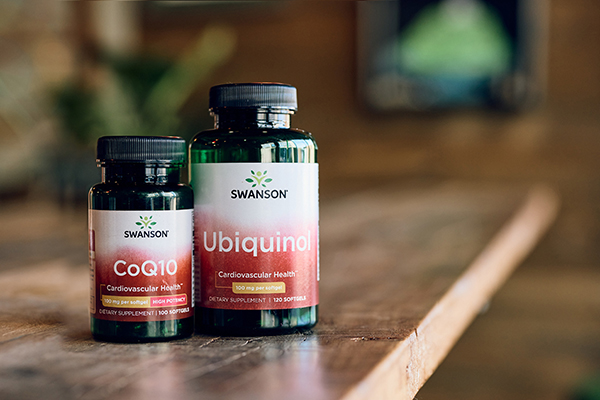Question: Why does Chlorophyll have “copper” in it no matter where I look? Does this make it different from the chlorophyll I'd get from “eating my spinach”?
Green plants, especially alfalfa leaves, are used in laboratory processes to extract their chlorophyll content. Copper and sodium atoms replace the magnesium atom in chlorophyll so that it is made into a stable, water-soluble substance. When ingested, chlorophyll remains unchanged until it reaches the small intestine. Of course, chlorophyll can be obtained by eating plenty of fresh, green plants, especially those that are a deep green color. However, in plant form, chlorophyll is surrounded by fat substances, which may result in only partial absorption in the small intestine. Chlorophyll has been found to be non-toxic, soothing to body tissues and safe for use by people of all ages.
Numerous foods contain copper, although the particularly rich sources such as liver and oysters are not commonly consumed. In fact, most Americans get too little of this important nutrient. An essential component of numerous enzymes and proteins, copper helps the body function normally. It's necessary for the formation of one of the apparent superpower antioxidants, superoxide dismutase (SOD). It's also critical for the creation of collagen, a core protein found in bones, connective tissues, and skin. And it is believed to help in the proper storage, use, and release of iron so critical to the formation of hemoglobin in red blood cells.
There is no RDA for copper. To keep the body running smoothly, however, most adults require 1.5 to 3 mg daily.
This question was answered by a trained product specialist at Swanson Health Products. Do you have a question you’d like answered? Send it via email to drea658baic@compend.me.
(Note: as per industry regulations, we cannot and will not answer medical questions, make treatment or diagnosis recommendations or comment on disease inquiries. Such questions must be answered by your doctor or professional health care provider.)




Why Does Chlorophyll Have Copper In It No Matter Where I Look For It?


